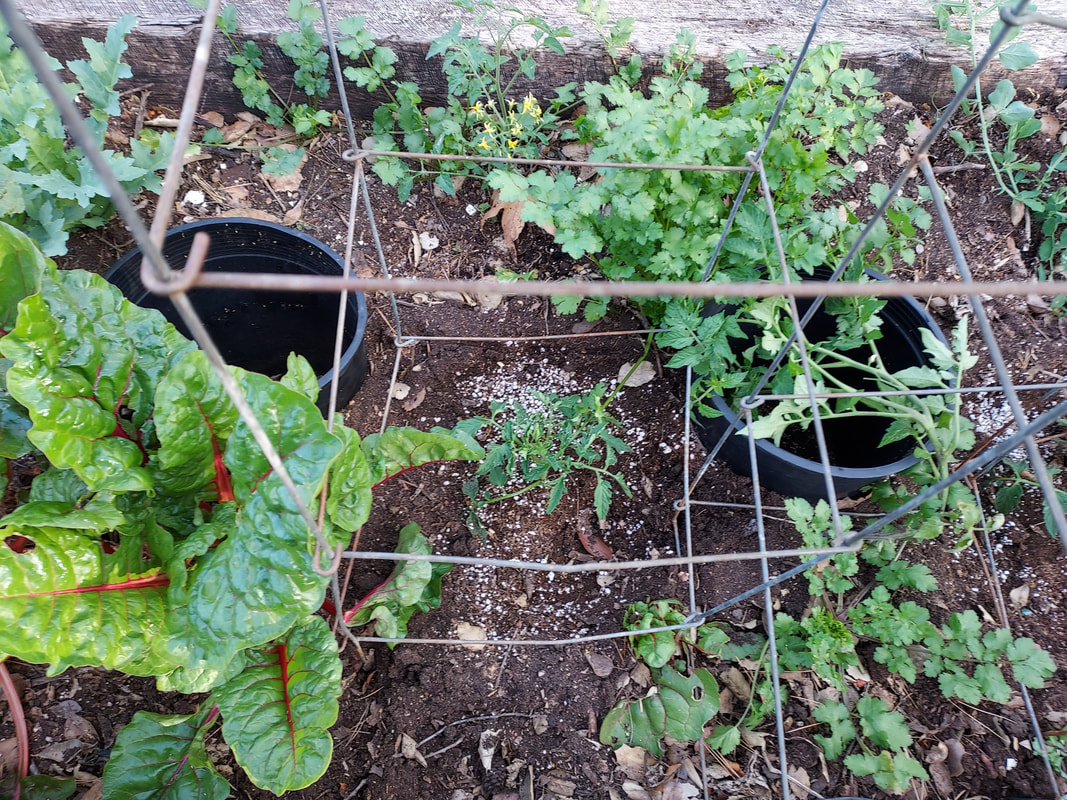 New tomato planted at center, admist chard on left, cilantro on top right, and breadseed poppy at top left. Volunteer tomato at top center is blooming already, and another volunteer is at the right, leaning over the buried water bucket. Central tomato is will be watered both in its own sunken area and via the water filling empty buckets on either side. The water in the buckets is released through holes at their bottoms to the root zone about 9" below the surface. | After last week’s mid-90s daytime temperatures, this week’s back to almost-60s daytime temperatures with mid-40s nighttime temperatures is definitely a throw-back to our ideal late-winter weather, with even another rainstorm promised next week. So, congratulations if you’d sown more seeds and planted transplants of cool-season veggies and posies so they can take advantage of this weather to settle in nicely. If it doesn’t end up raining, be sure to keep soil moist so seeds can germinate well. This weather is great for double-duty in the garden – sowing and transplanting more cool-season items, and transplanting first warm-season plants like tomatoes and peppers which will have no problem establishing themselves into their new homes. I just sowed my second batch of peas, and also my first batch of pole and bush beans. However, of the many warm-season choices we’re anxious to get started in our outdoor gardens, tomatoes and peppers are the only ones that will truly take off now. Don’t even think about purchasing transplants of other warm-weather lovers like cucumber, eggplant, and squash which are just too tender to withstand further chill, especially when the soil is still so cold – they’ll just sit there and pout at you for subjecting them to such an undesirably chilly environment; and they may not even survive to when the weather becomes consistently warm. Better to wait to get them in in another month -- or even two -- so they can truly thrive; ultimately these will bear much more prolifically. Each year, more and more nurseries – even big box stores – are carrying organically grown tomato and pepper seedlings of many more varieties earlier in the season. I just purchased and transplanted sturdy-stemmed plants in 4-inch containers of my favorite tomatoes – Black Krim, Celebrity, Cherokee Purple, Stupice and Sungold. Others I’m trying this year are a Brandywine Red and a Chocolate Sprinkles cherry tomato. For more of my favorites, I’ll depend on Tomatomania selections (some 200 tomatoes and 100 peppers at most sites) to plant as follow-up crops next month and into early April. See https://tomatomania.com/ for the schedule of events. I also transplanted 8 volunteer tomatoes that came up of their own accord in January, apparently from my compost that was spread around the garden and germinating as a result of December rains and January’s heat. We’ll see whether it was worth giving them garden space when we harvest and eat them later this summer! Planting Herbs Now’s a great time to take advantage of adding herbs to your garden for your culinary uses. I sow cilantro and parsley seeds, and also transplant 4” containers of them. I choose containers that are as crowded as possible, to make sure I’m buying as many individual plants as possible so I’ll have more to transplant, spacing them a couple of inches apart in my garden. In between them, I’ll sow more seeds that’ll be edible after a couple of cuttings of the transplanted container ones. I’ll wait on purchasing or sowing basil, since it’s too tender to endure what might continue to be 40s-or even 50s-degrees nights. Herbs that are drought-tolerant after they’re established include garlic chives, lavender, lemon balm, onion chives, oregano, marjoram, rosemary, sage and thyme. These will need to be planted away from plants that need lots of water, like that cilantro and parsley. A warning about planting any mints – don’t plant it directly into garden soil unless you want a literally neverending supply. Instead, plant it in a container with a drip hole that’s on pavement or other surface nowhere near the soil. Mint roots are notorious for gaining access to soil and then taking over, so don’t give it even the possibility! I learned this as a little kid – my Mom had planted mint under an orange tree, and by the time she decided that it had been too vigorous, it took 4 years of digging up new shoots to remove it all! For more timely tasks, see February and March. For major topics from previous blogs, see seasonal listings on Homepage. |
|
2 Comments
|
Categories |

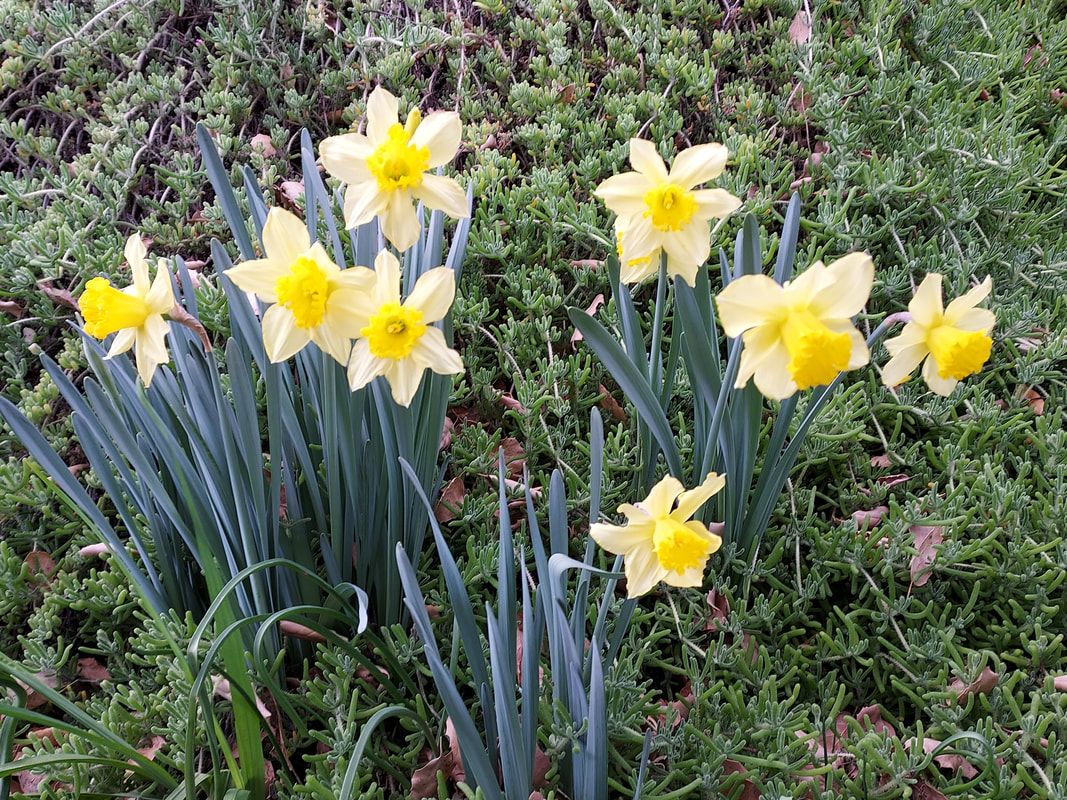
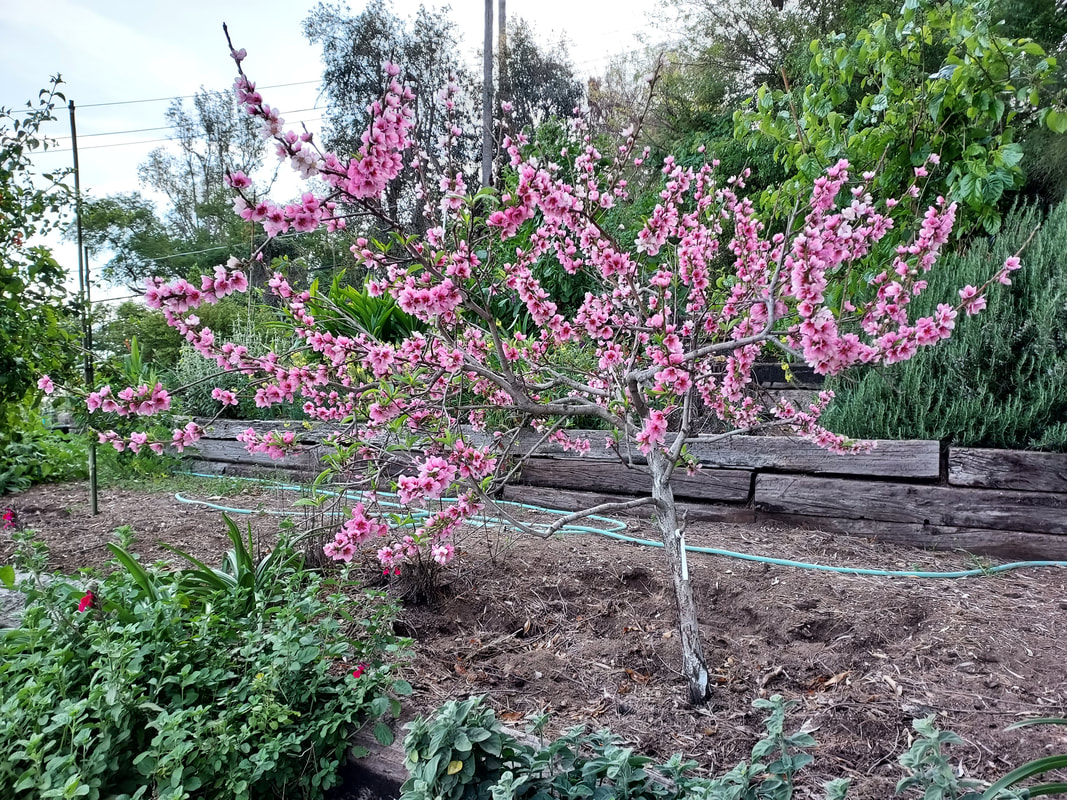
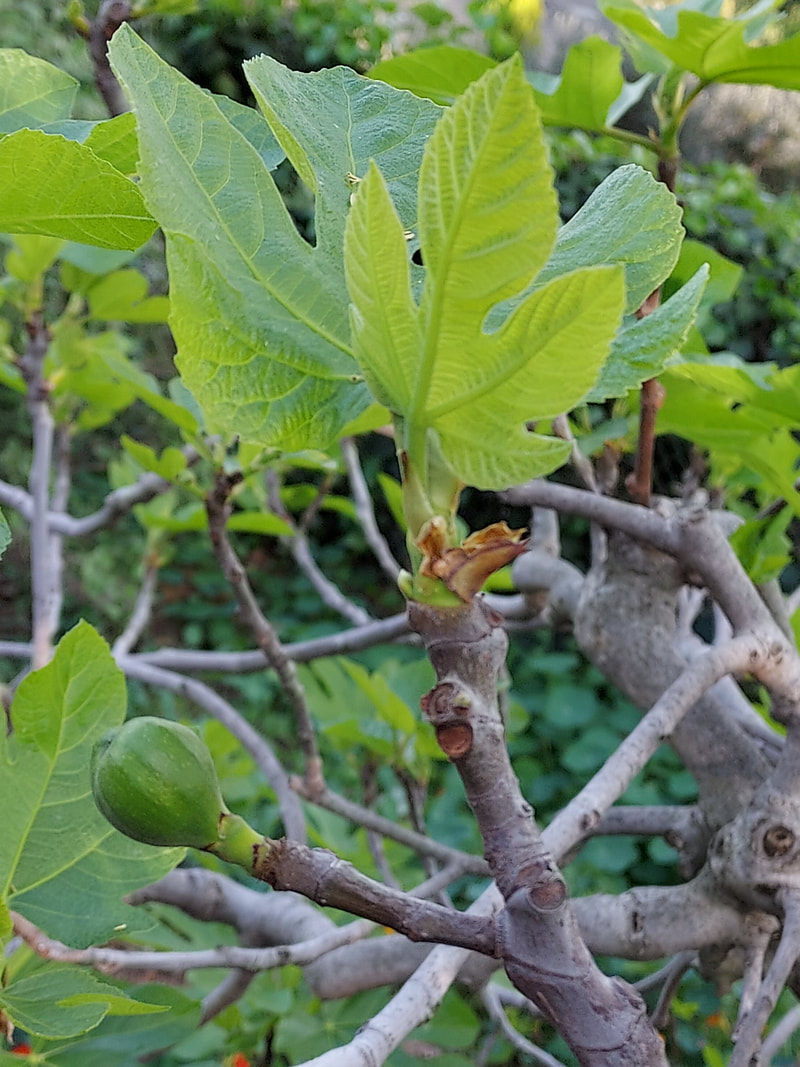
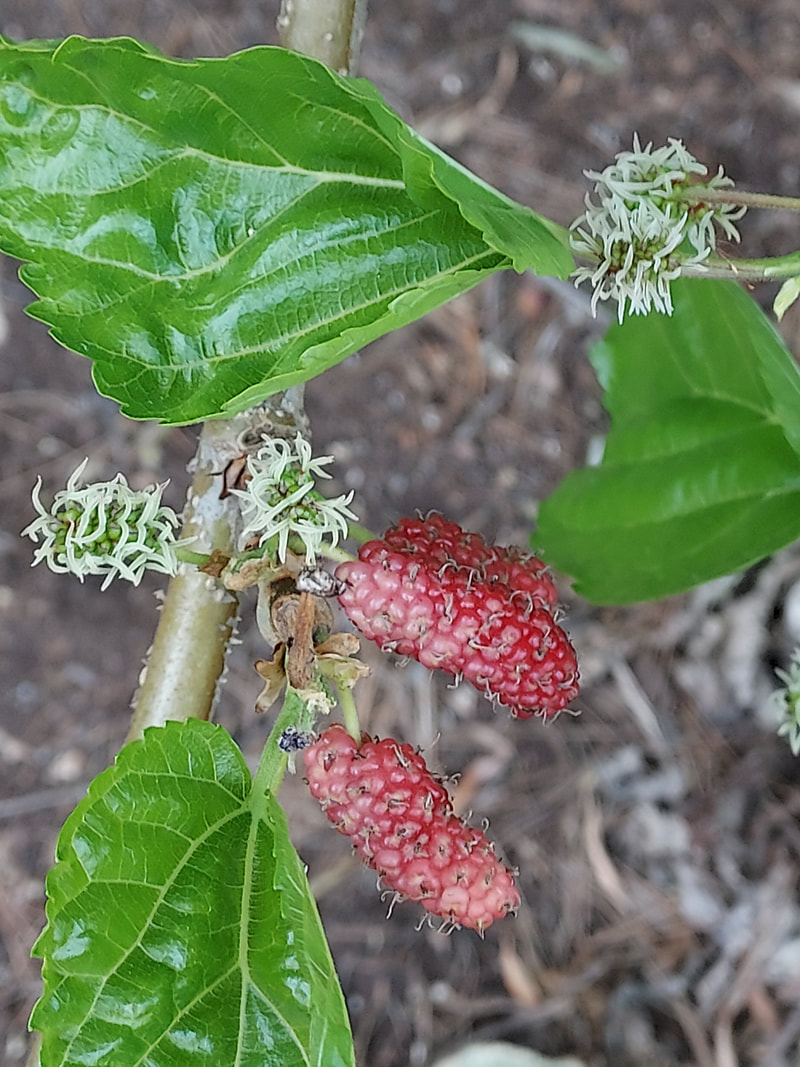
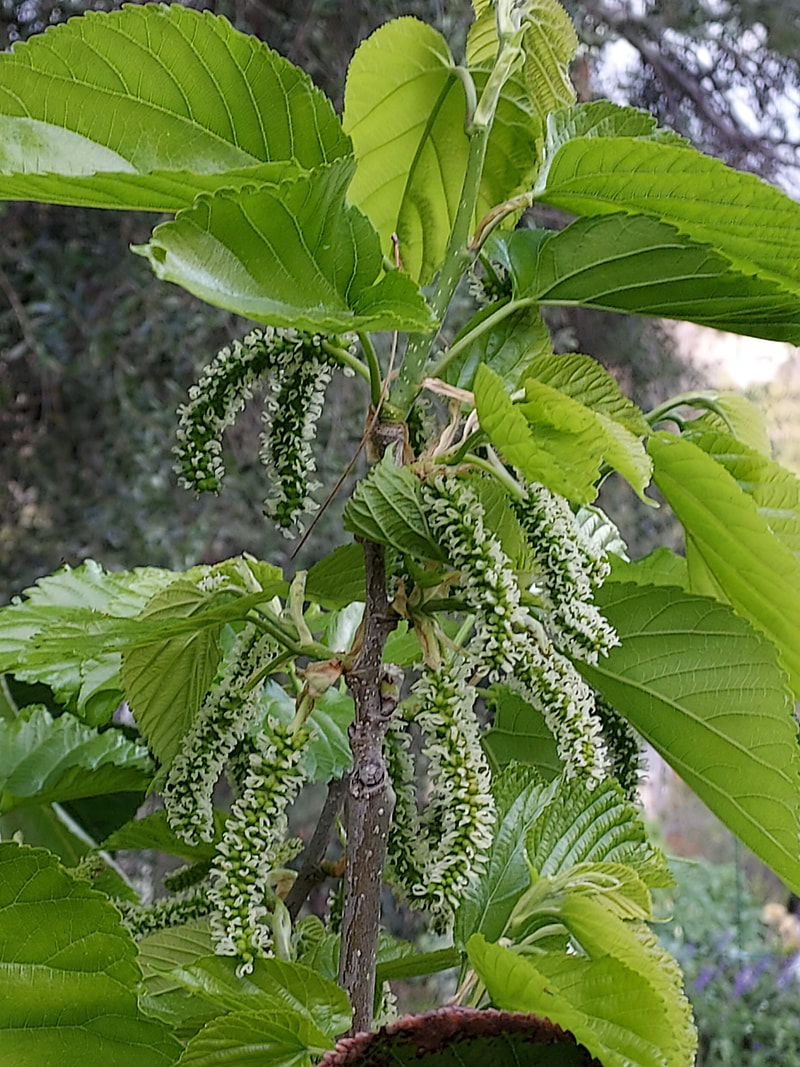
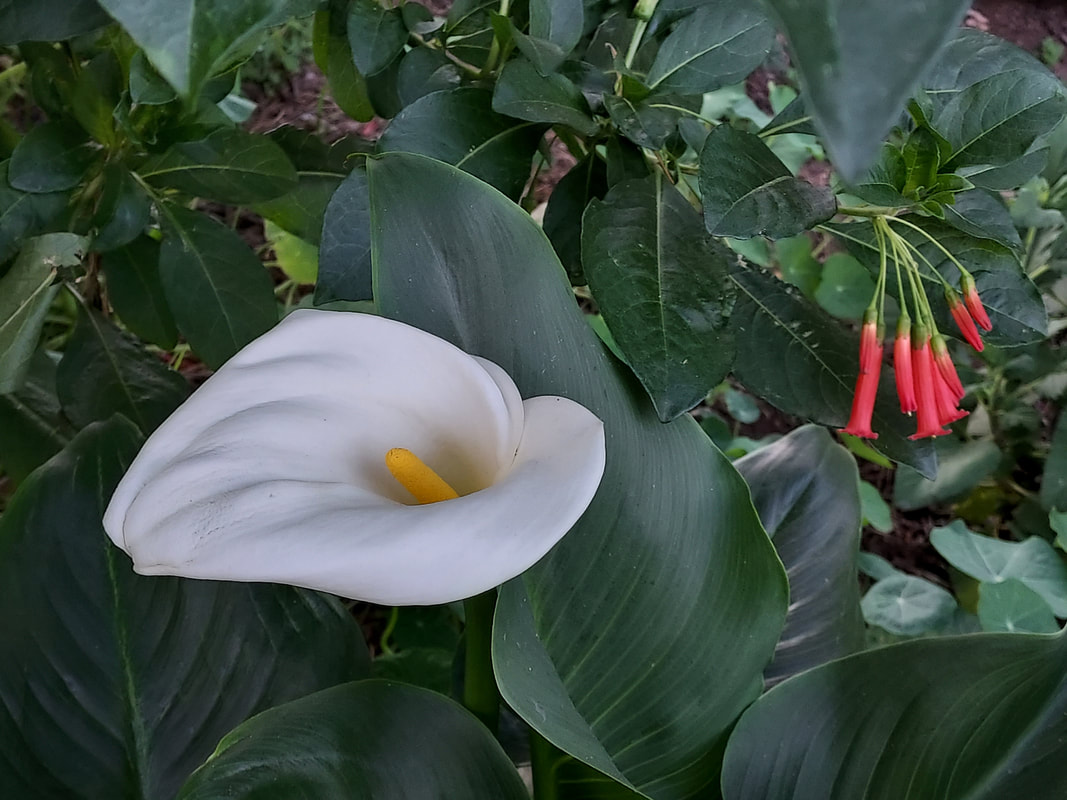
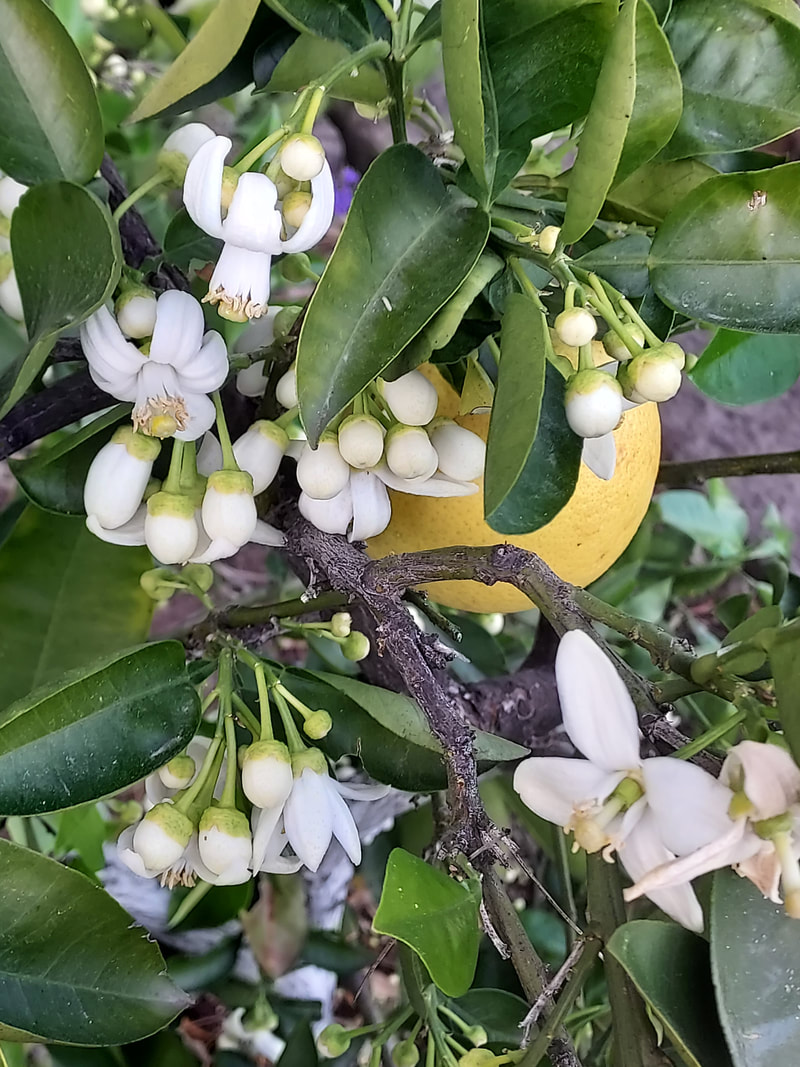
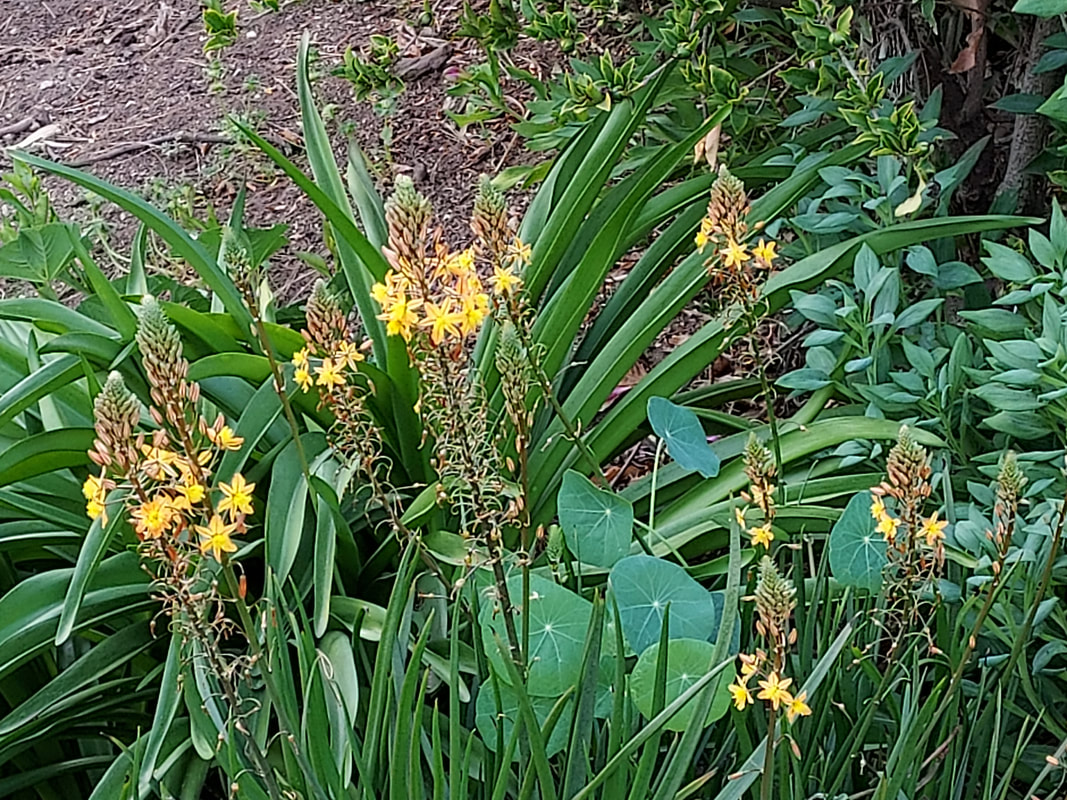
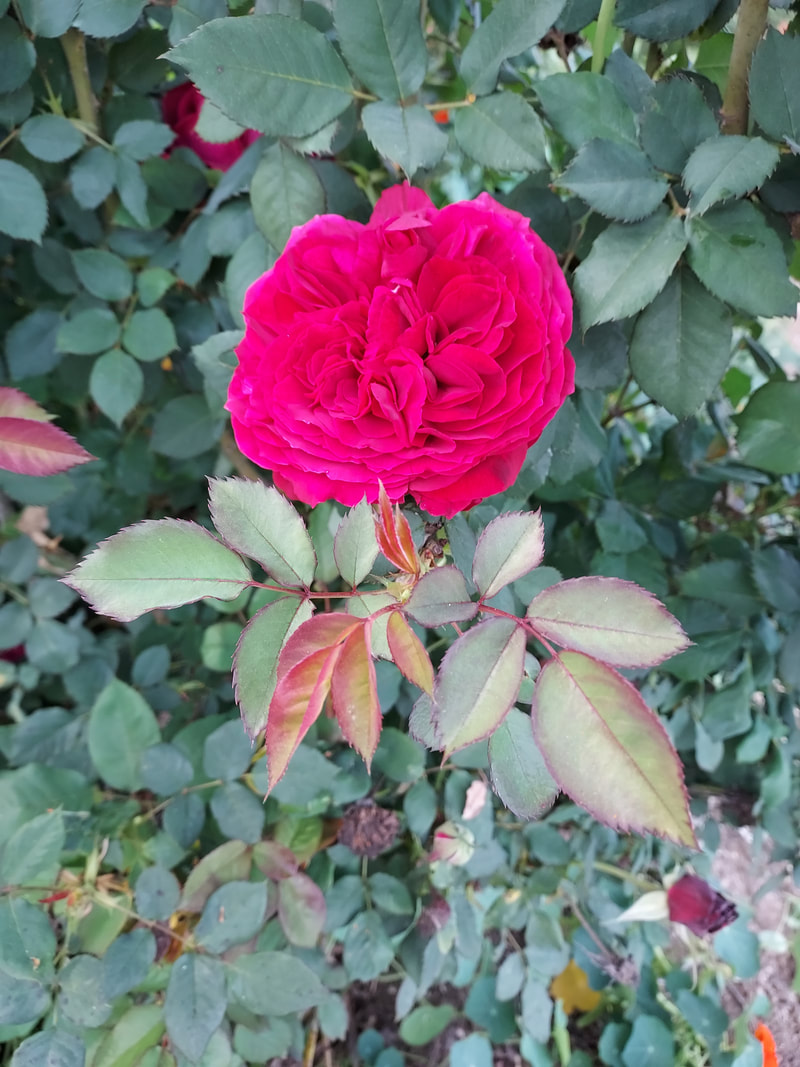
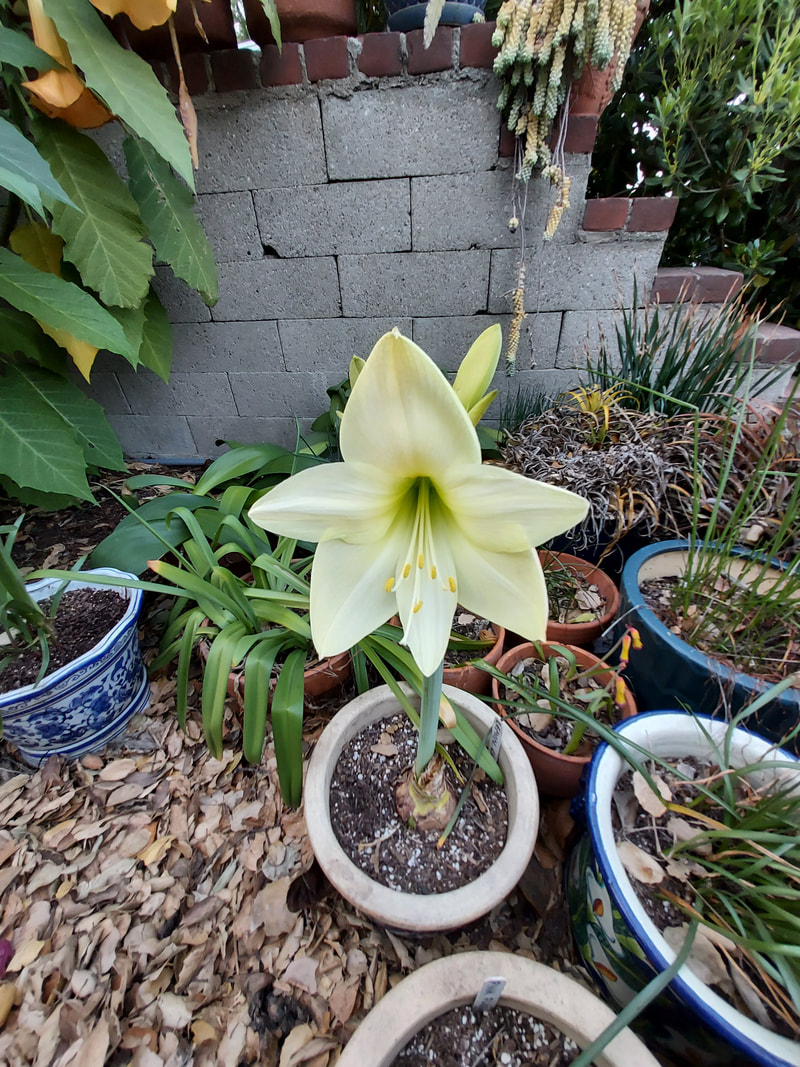
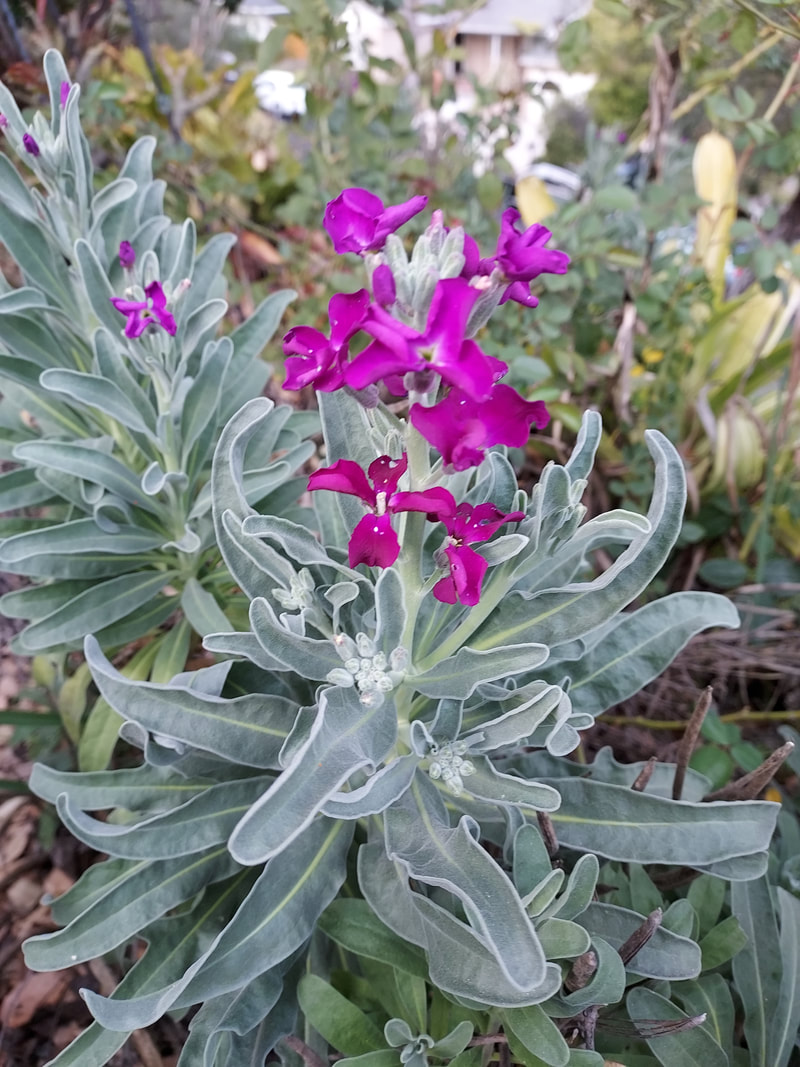
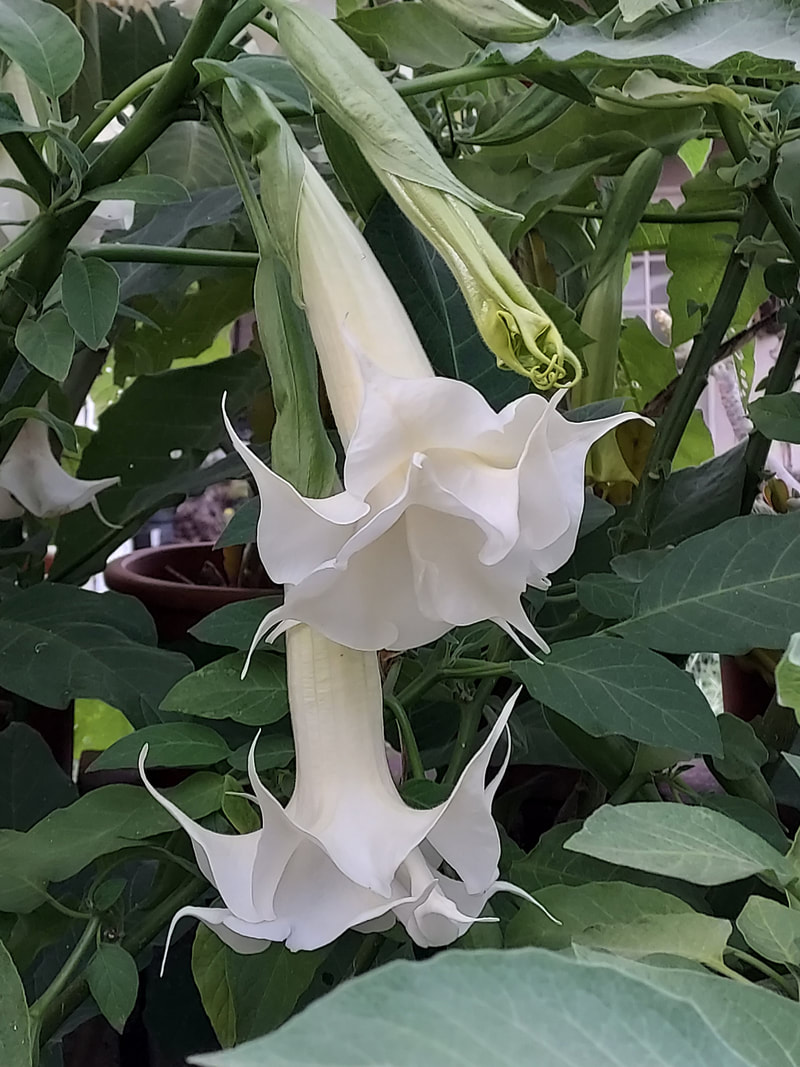
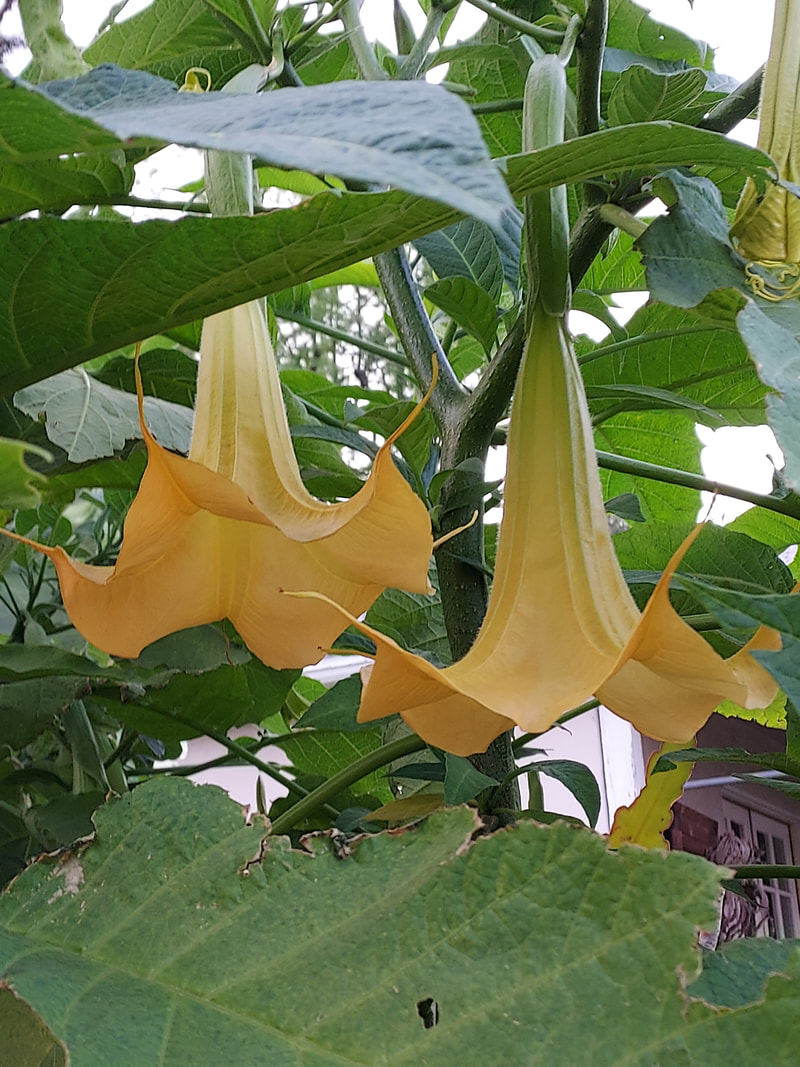
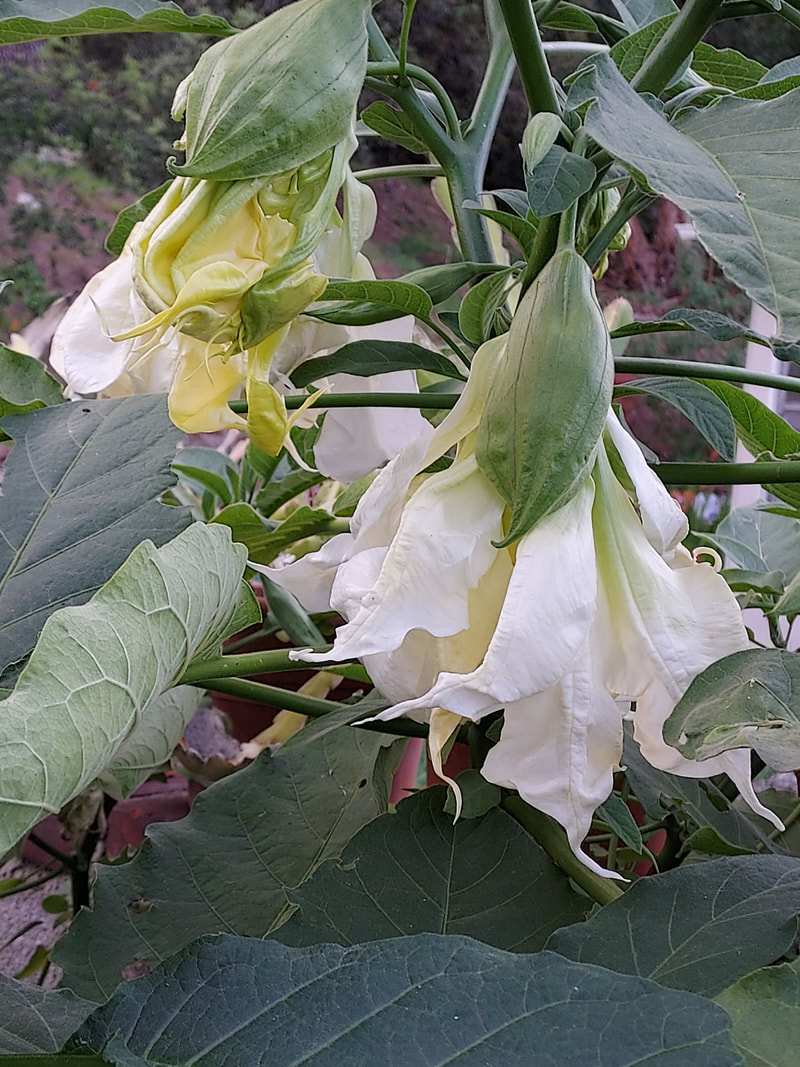
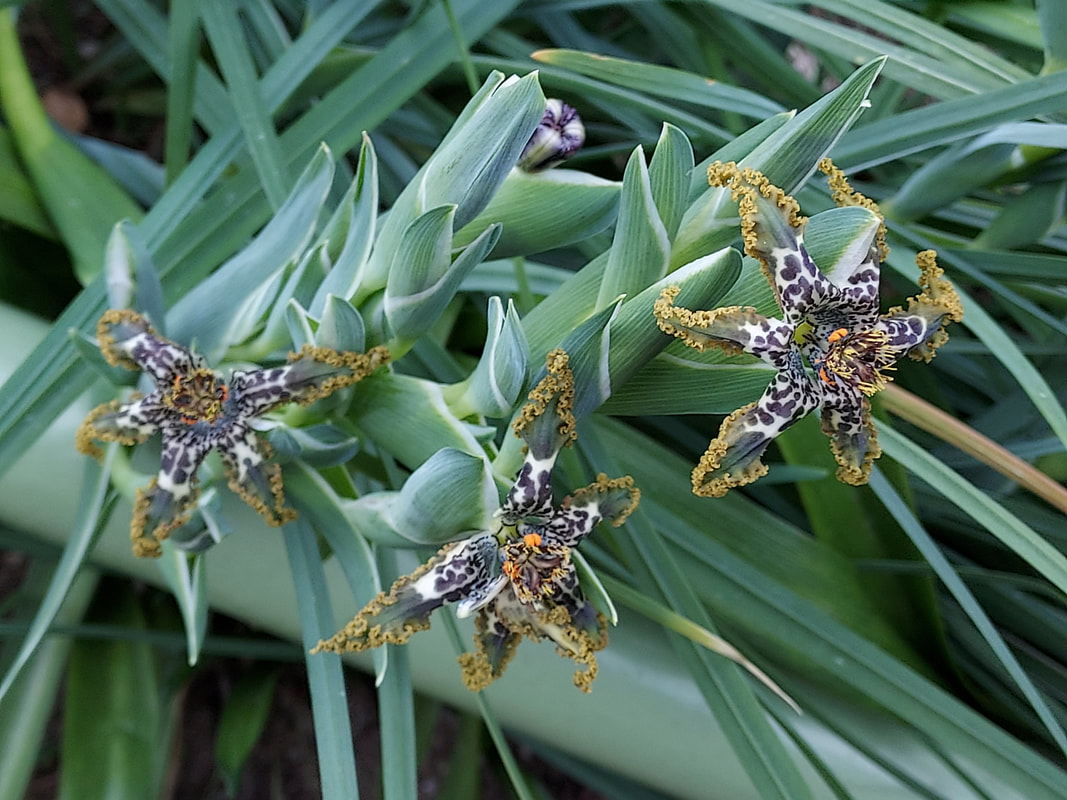
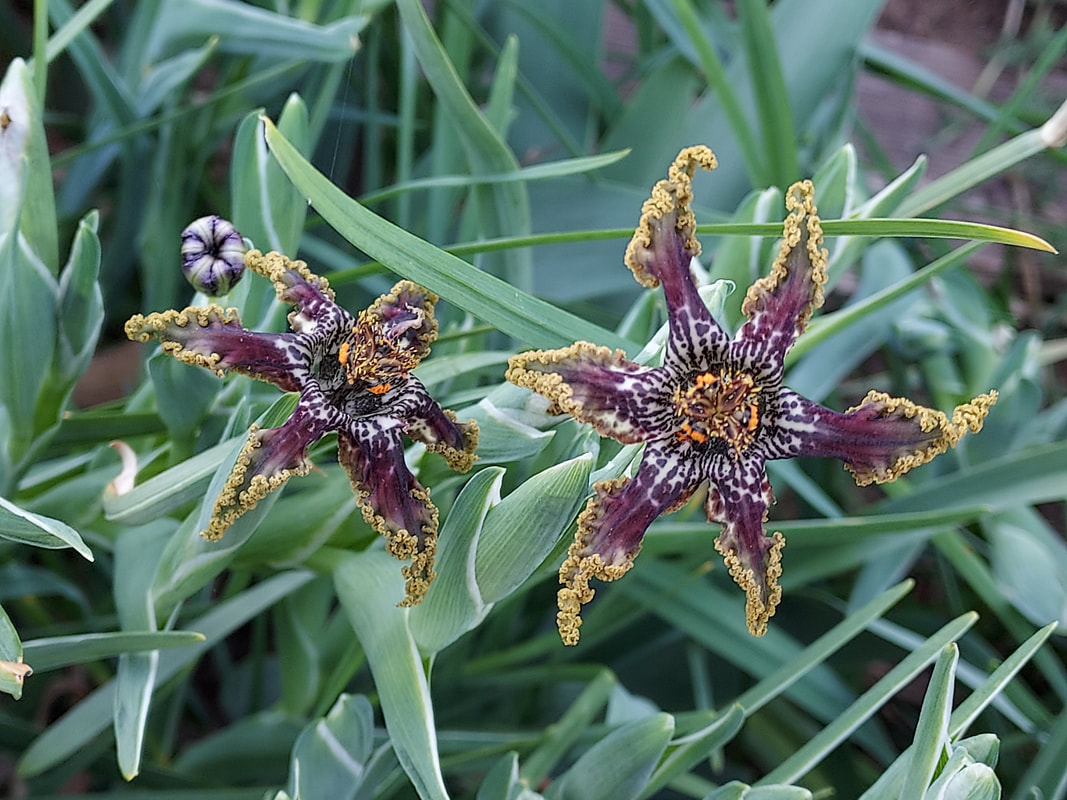
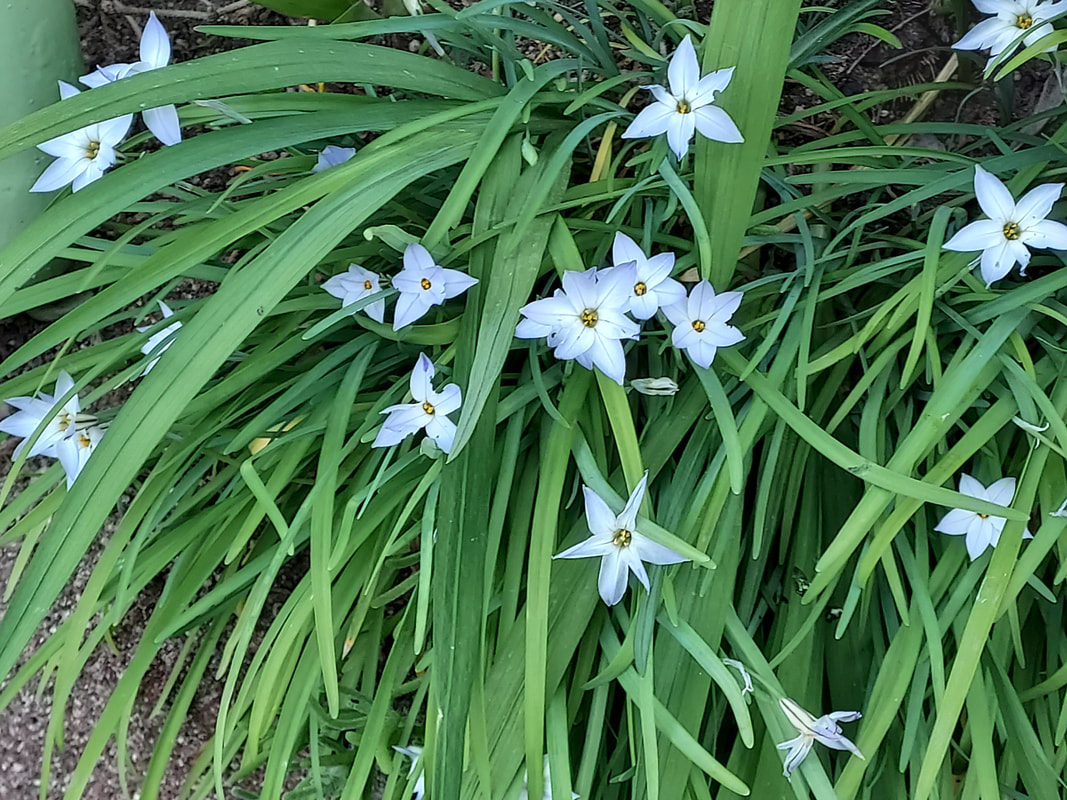
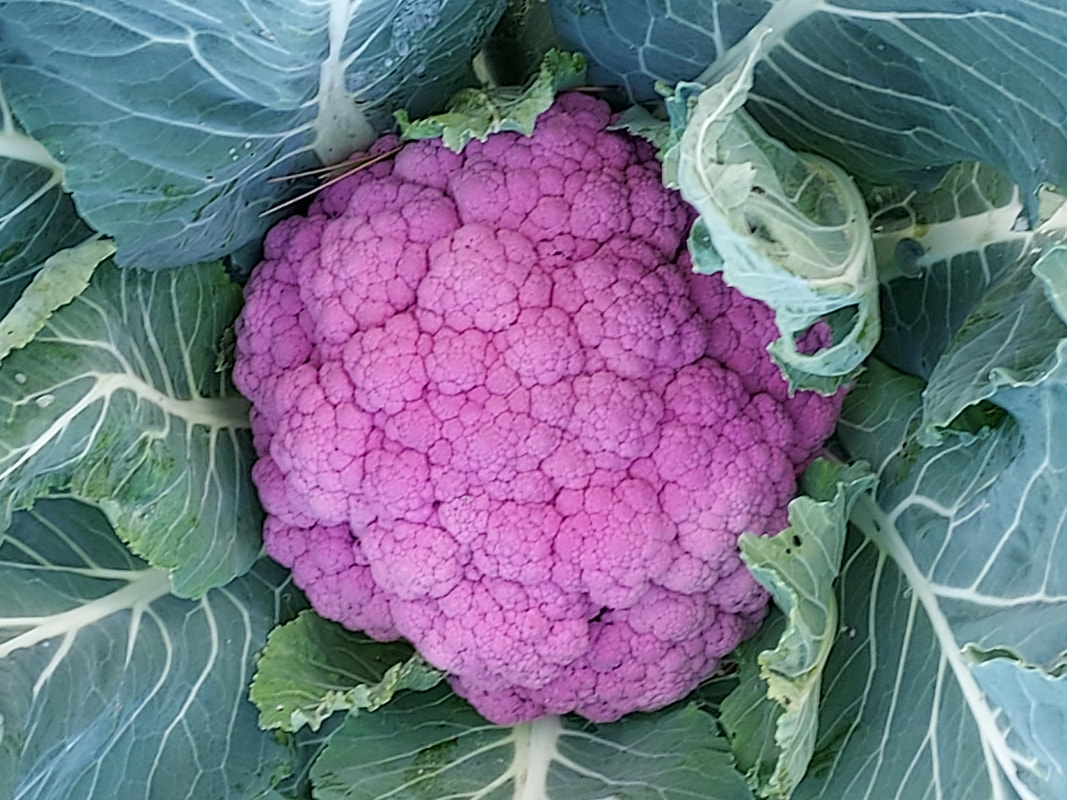
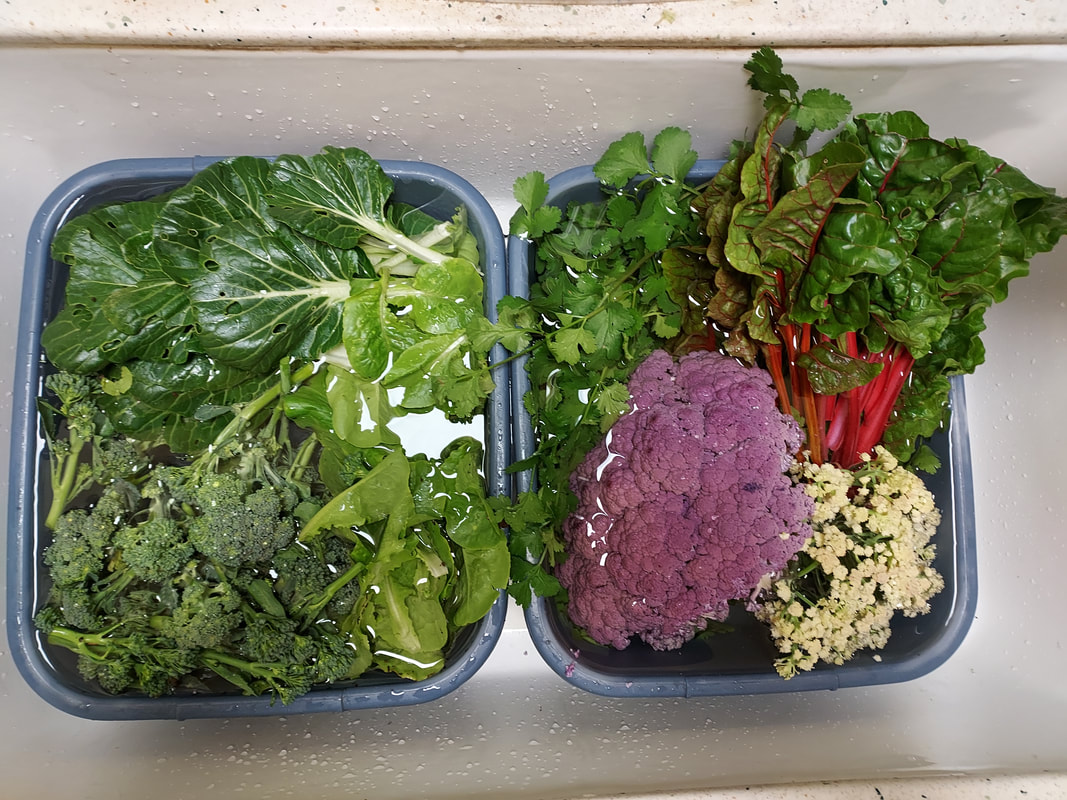
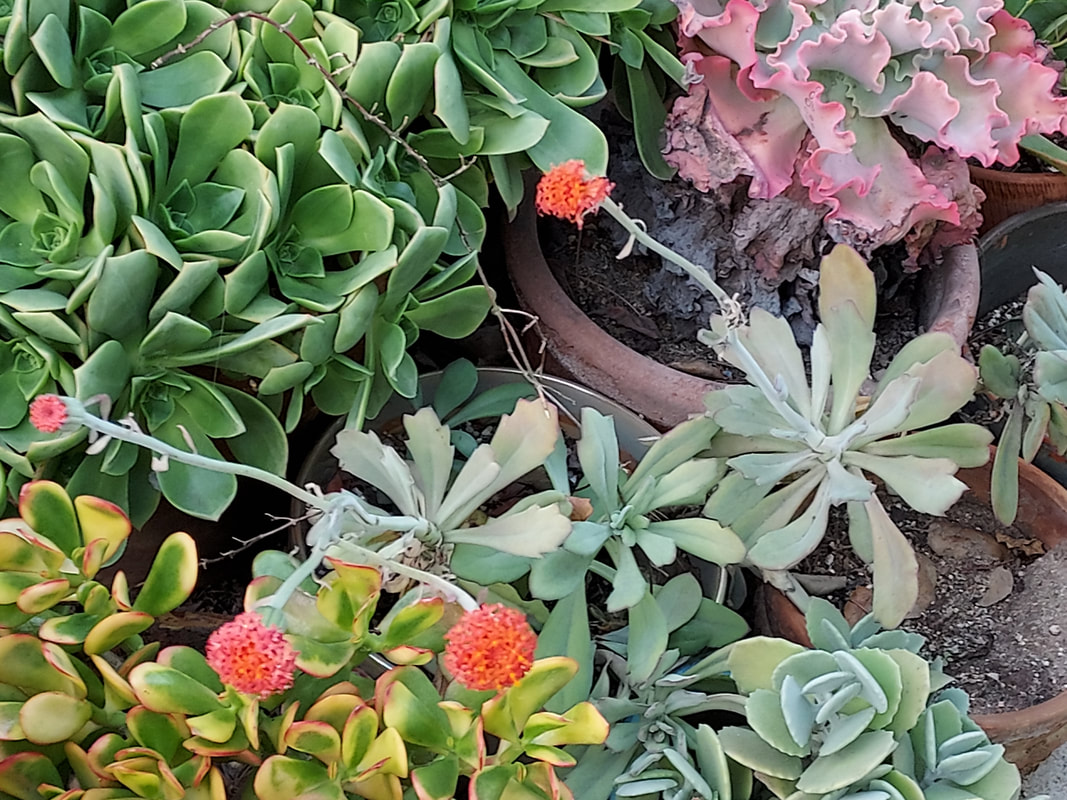
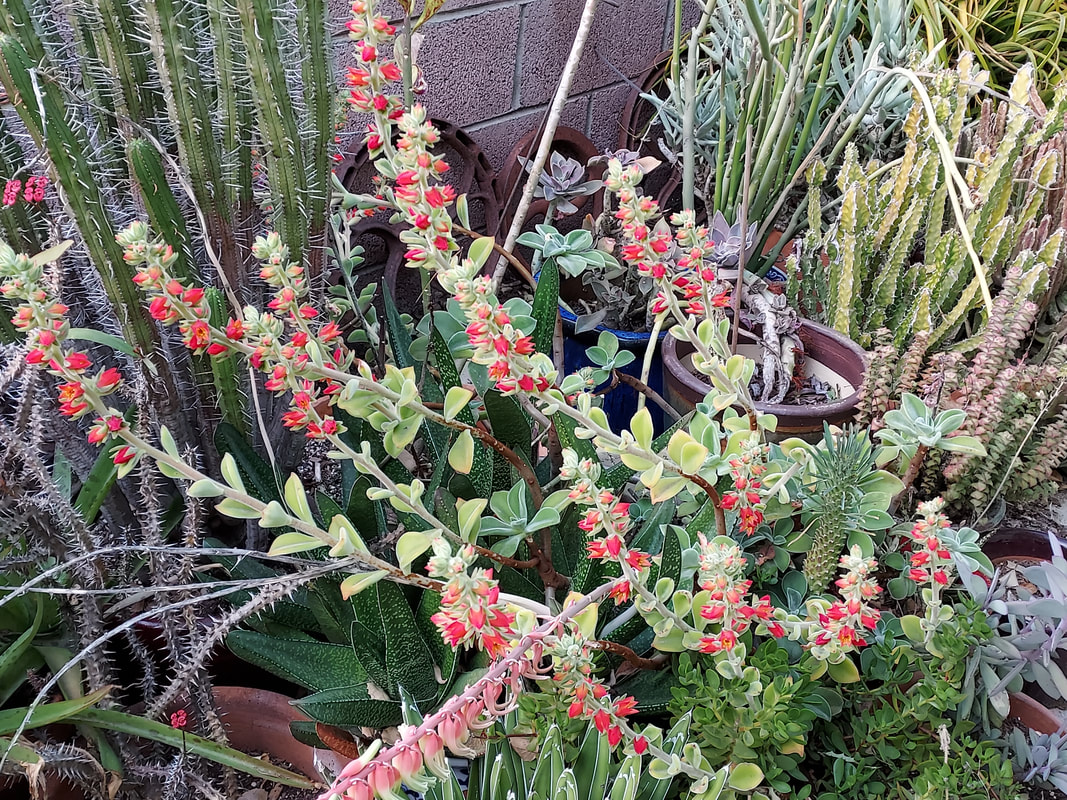
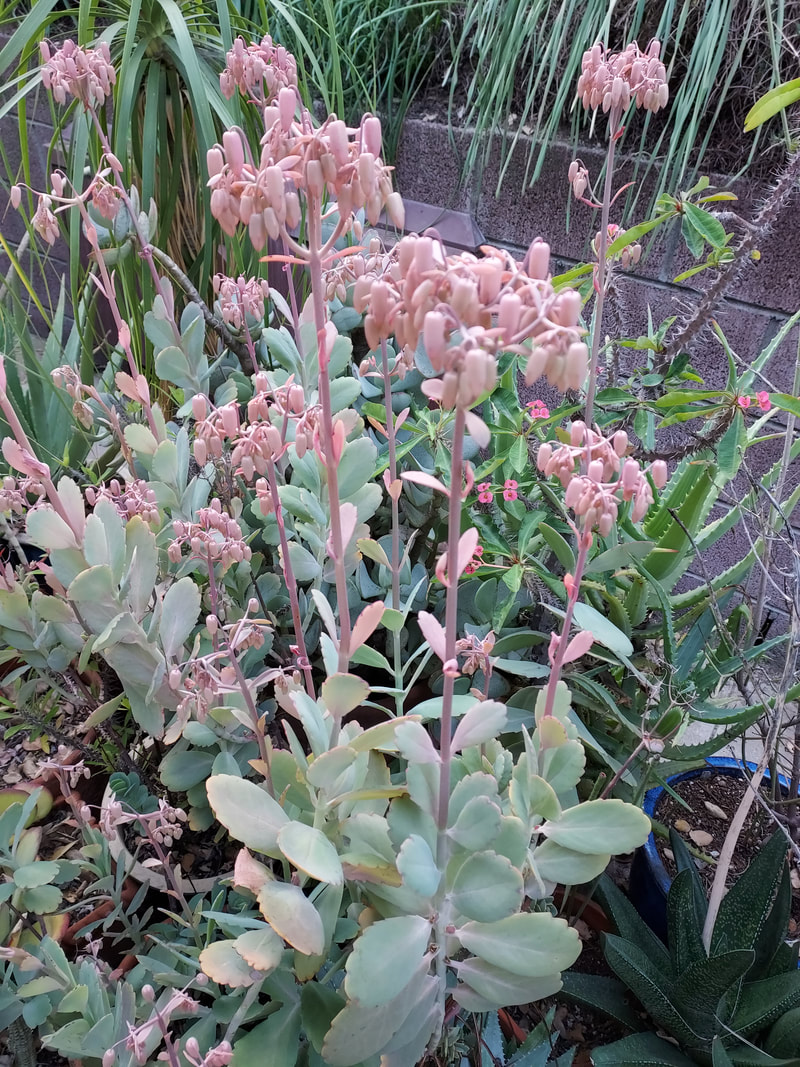
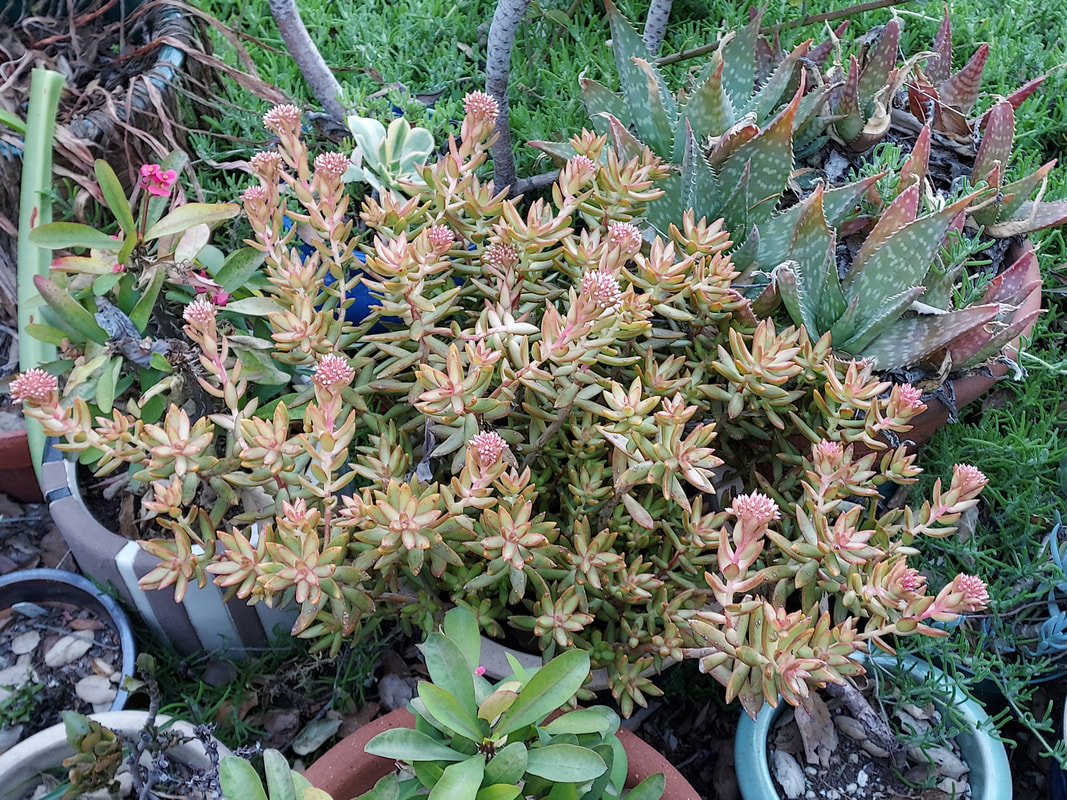
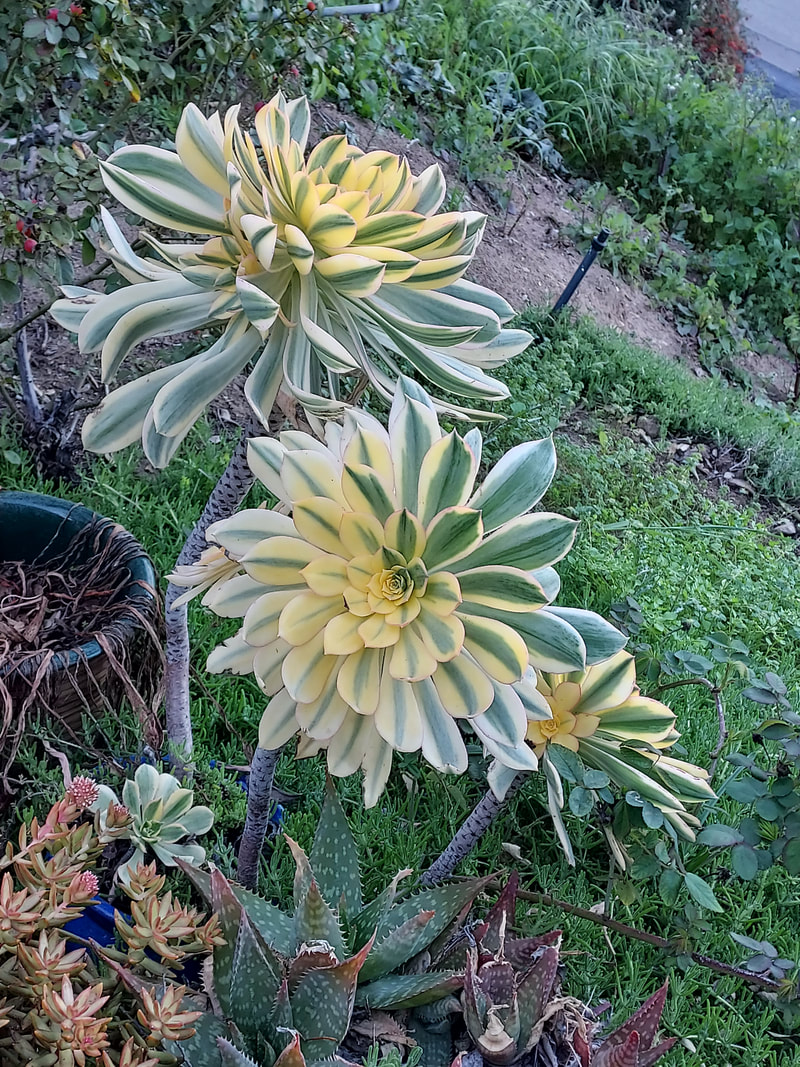
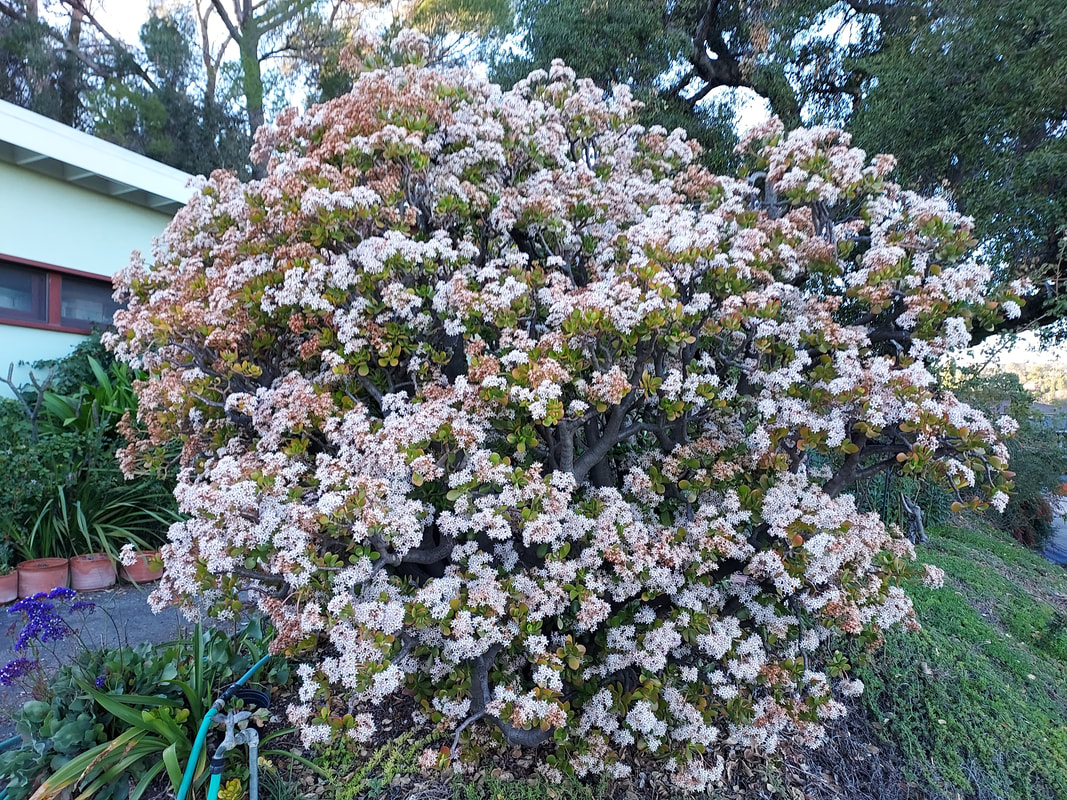
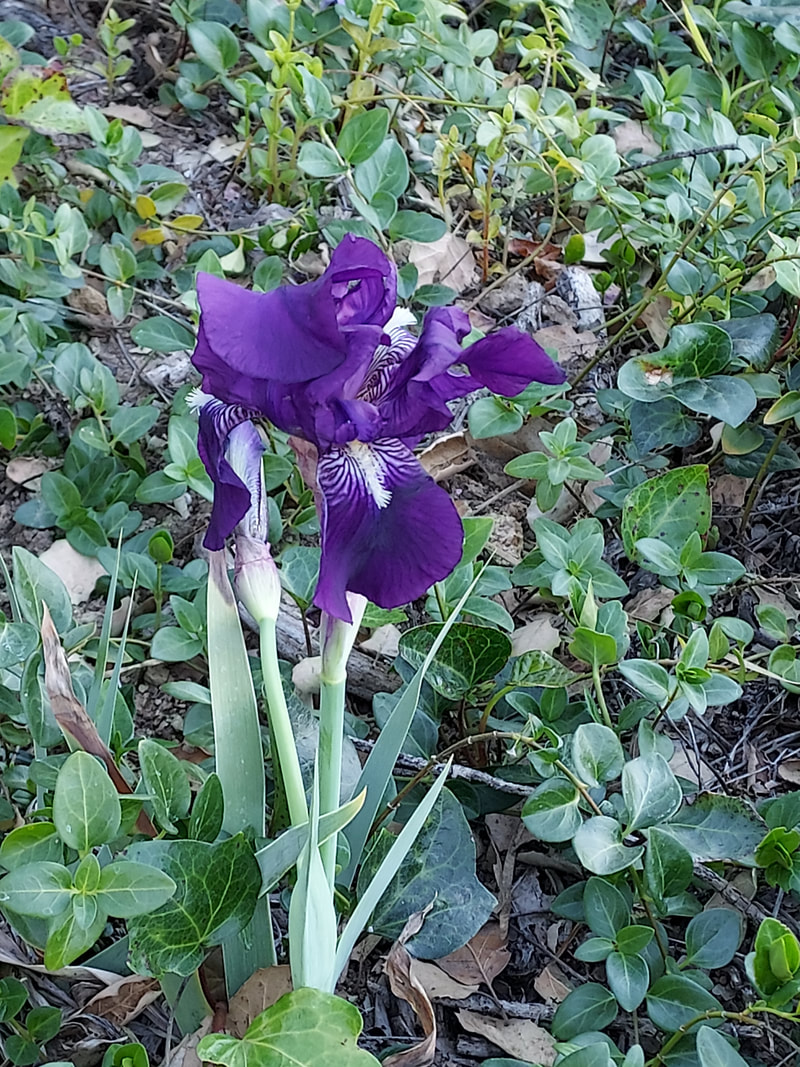
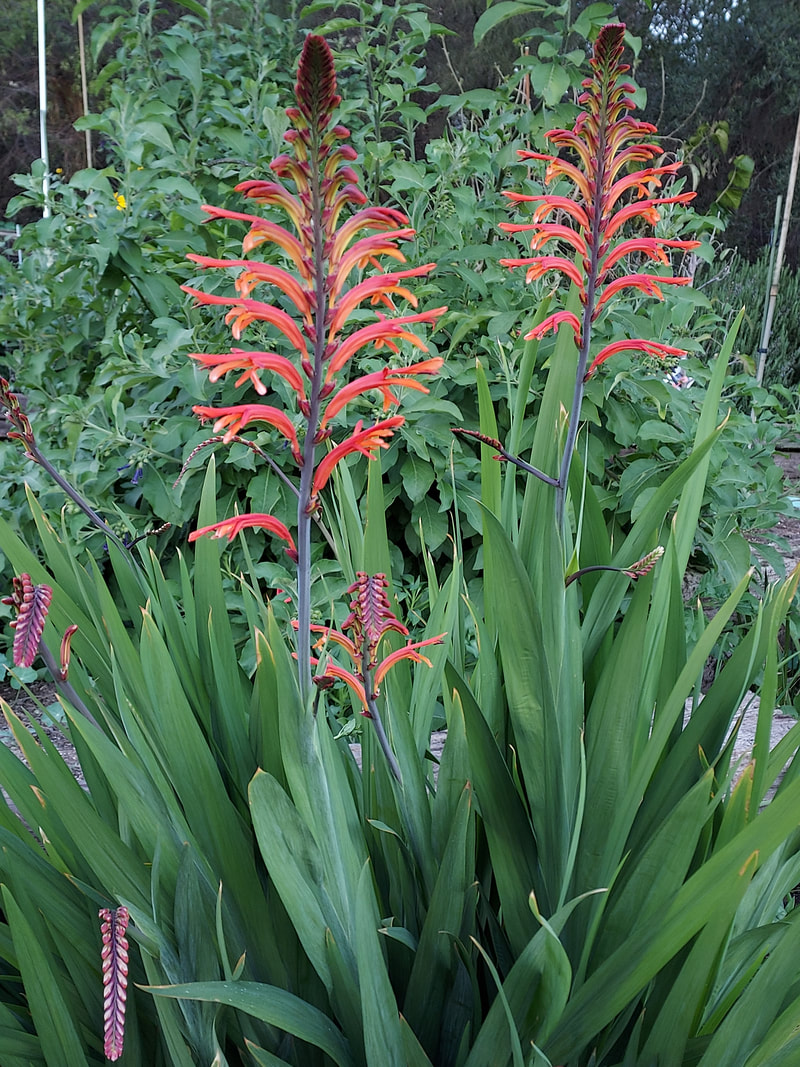
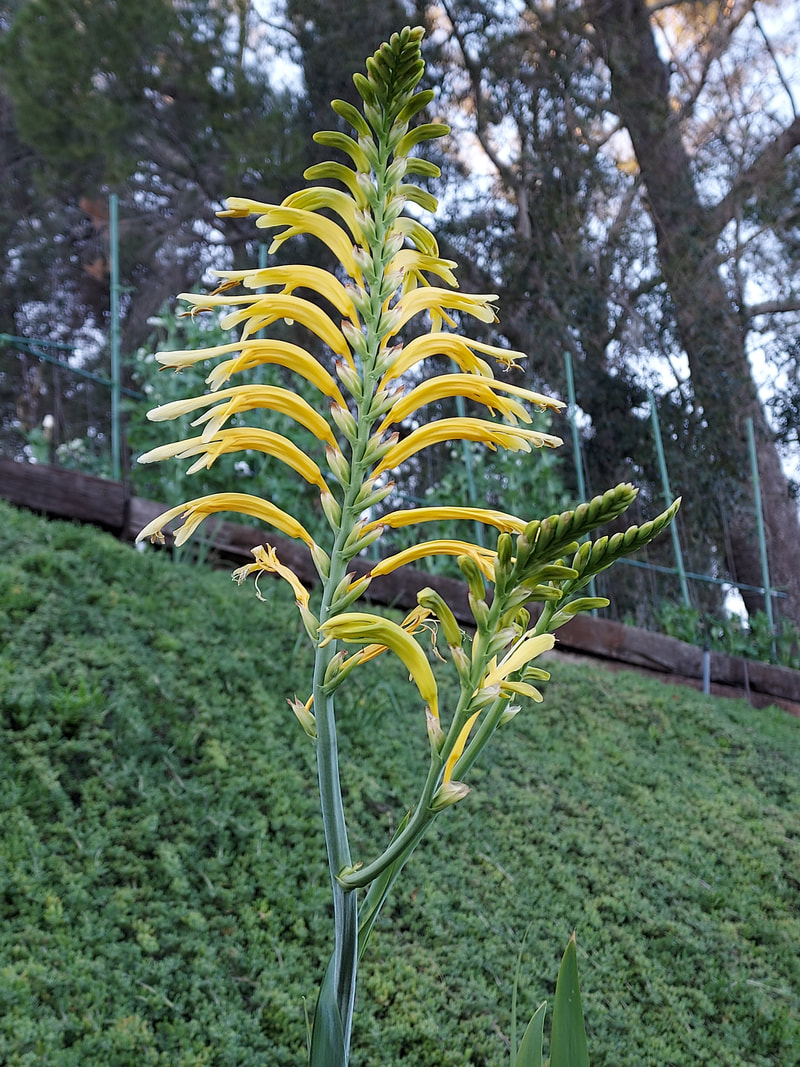
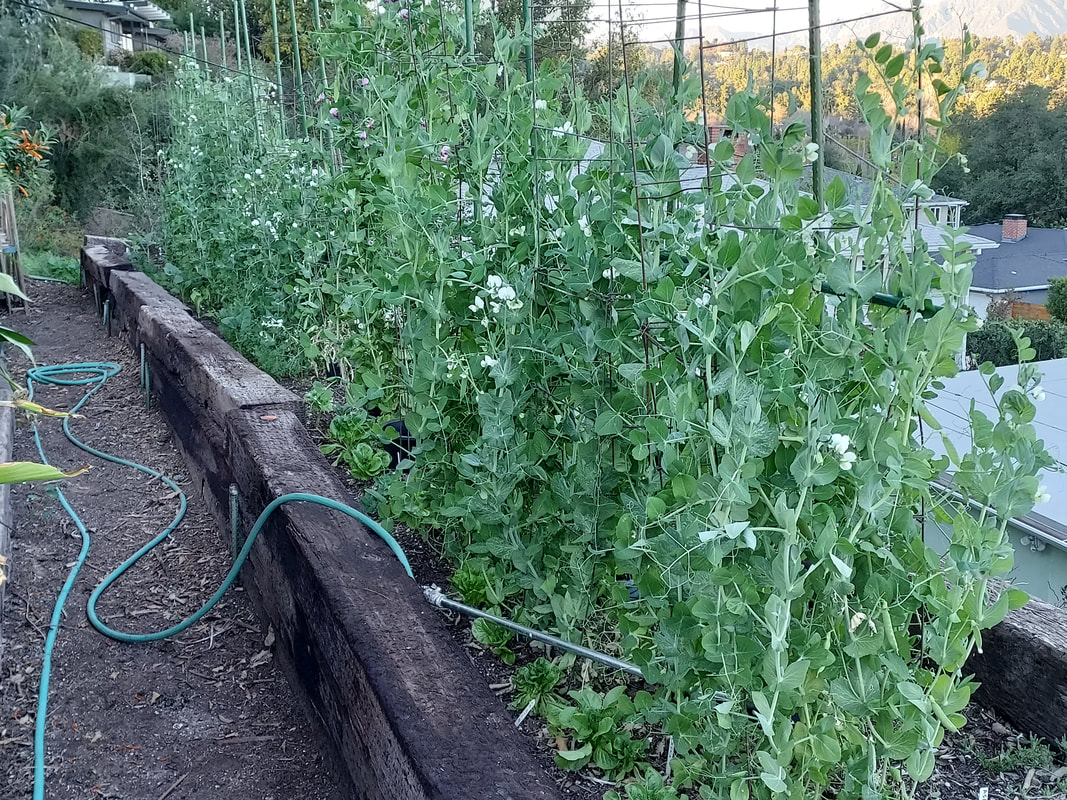
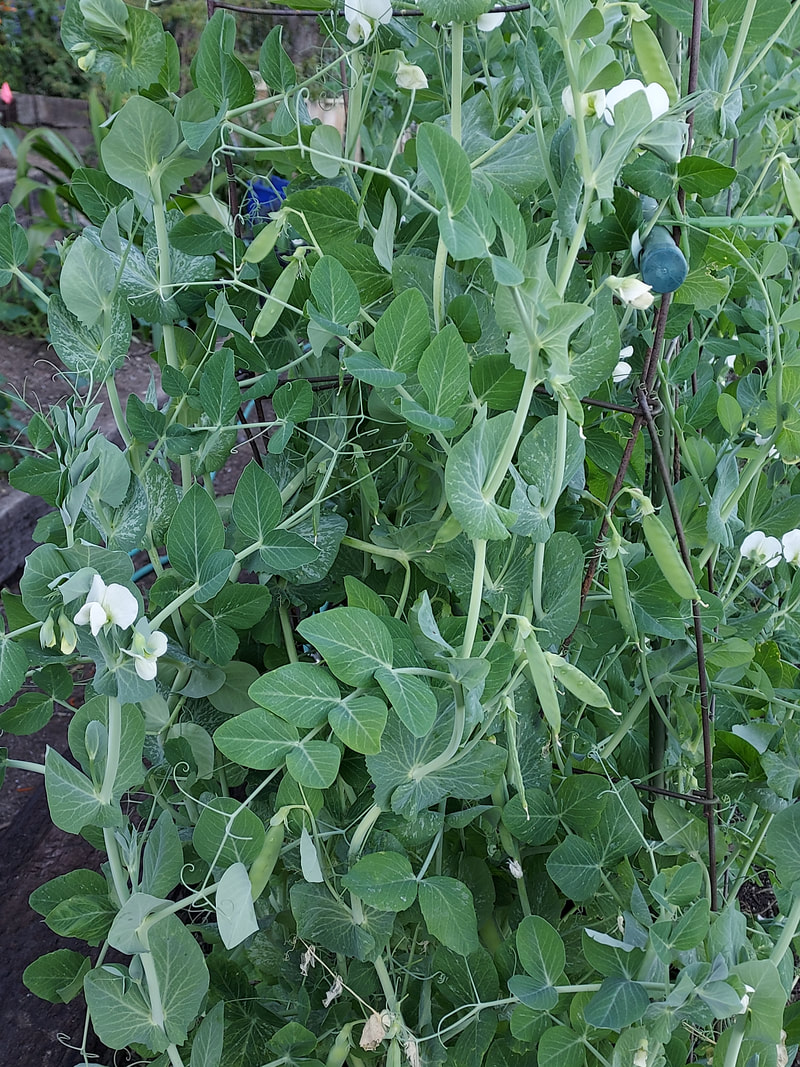
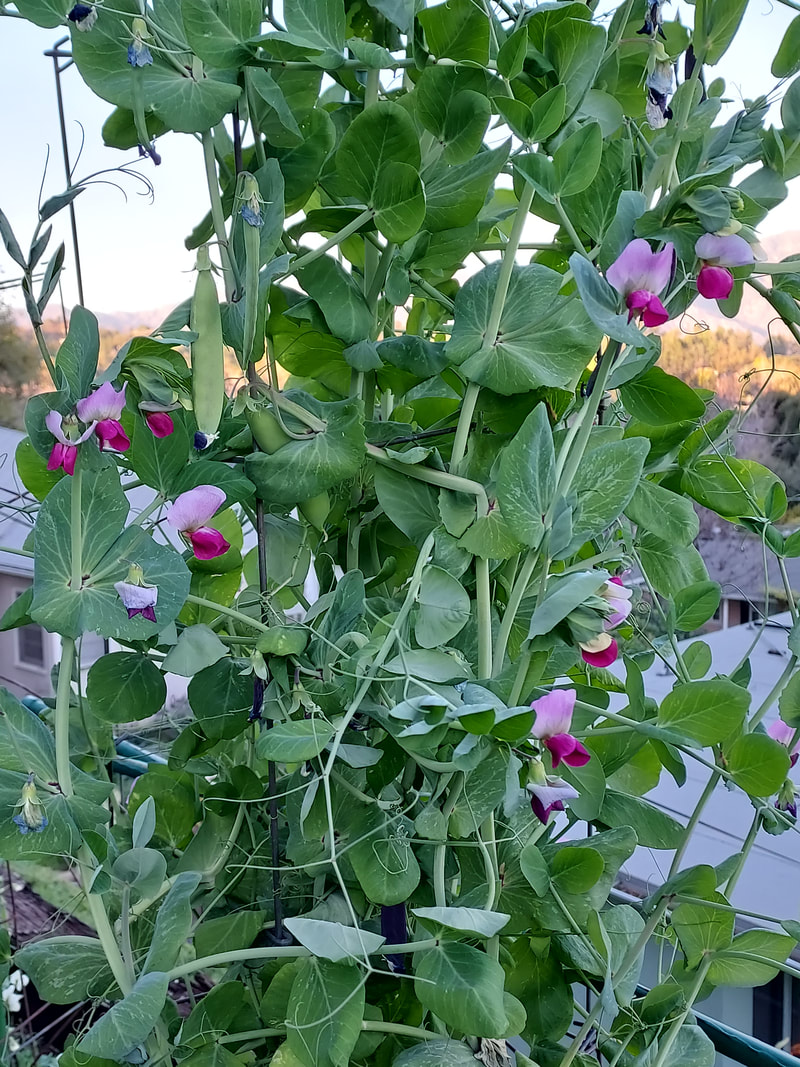
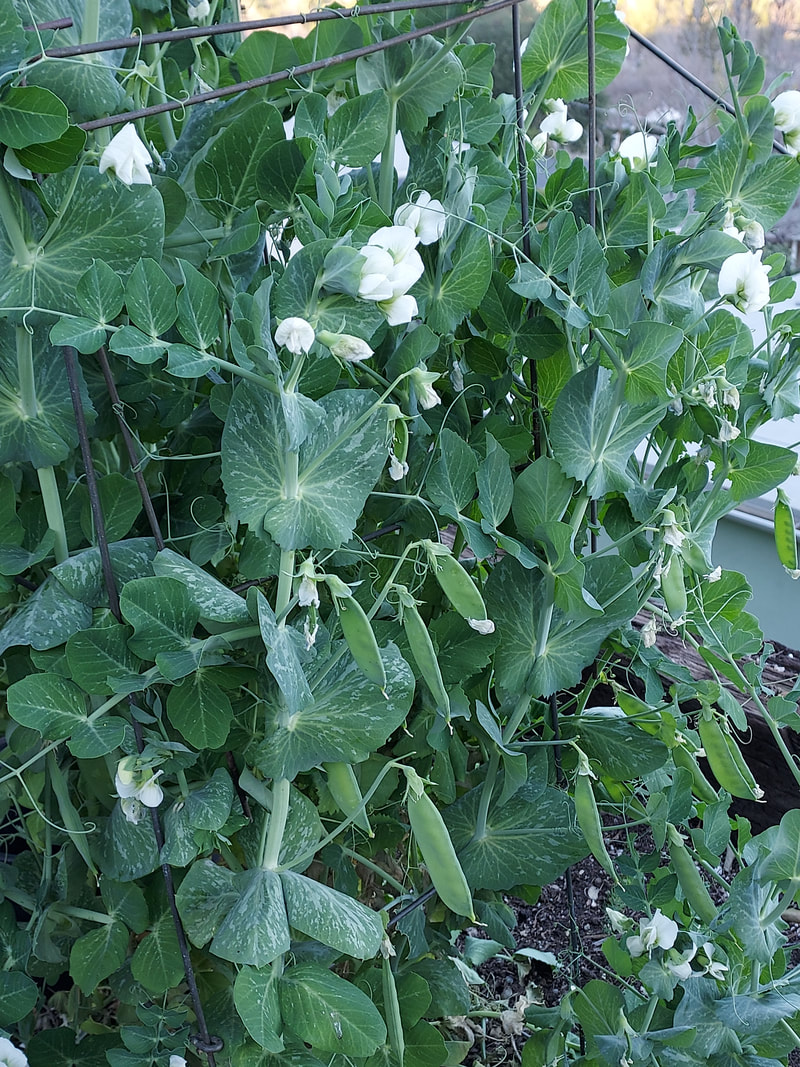
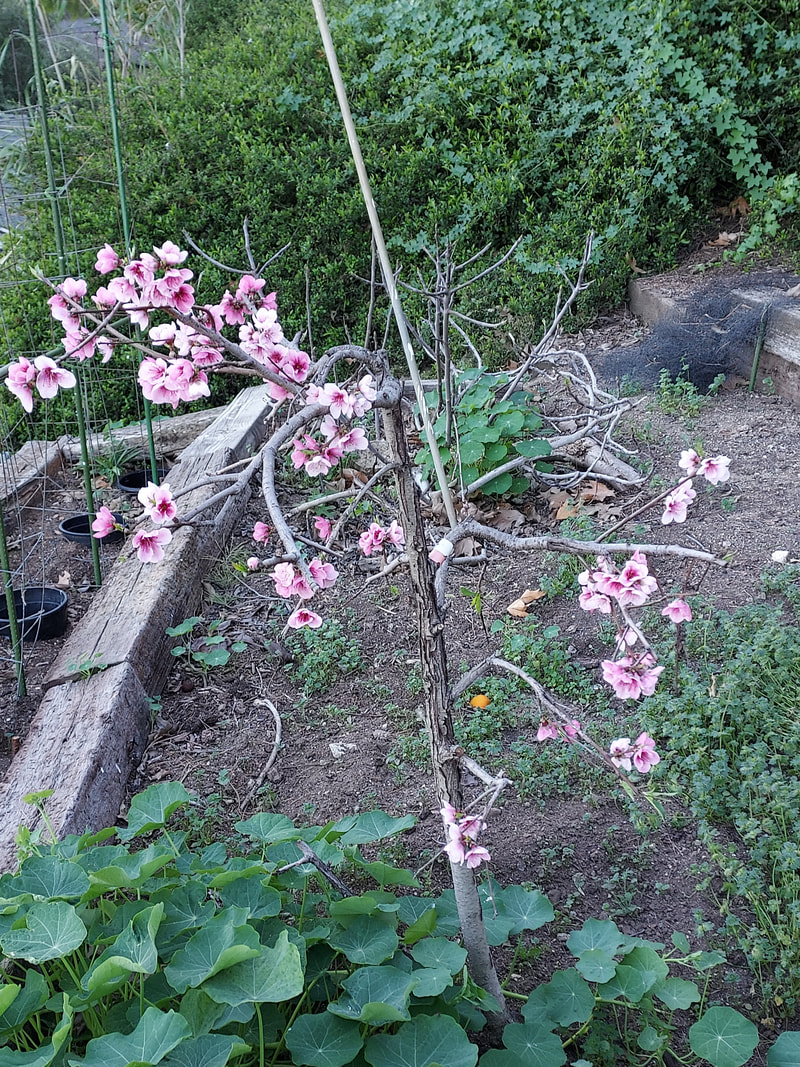
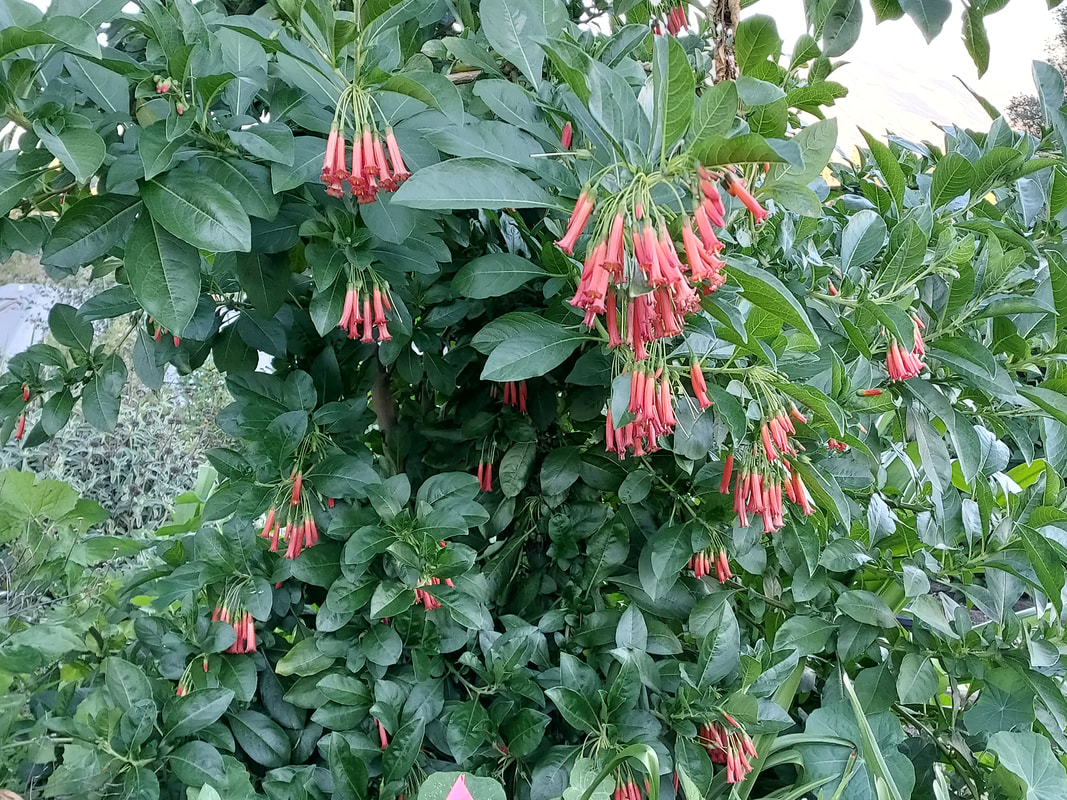
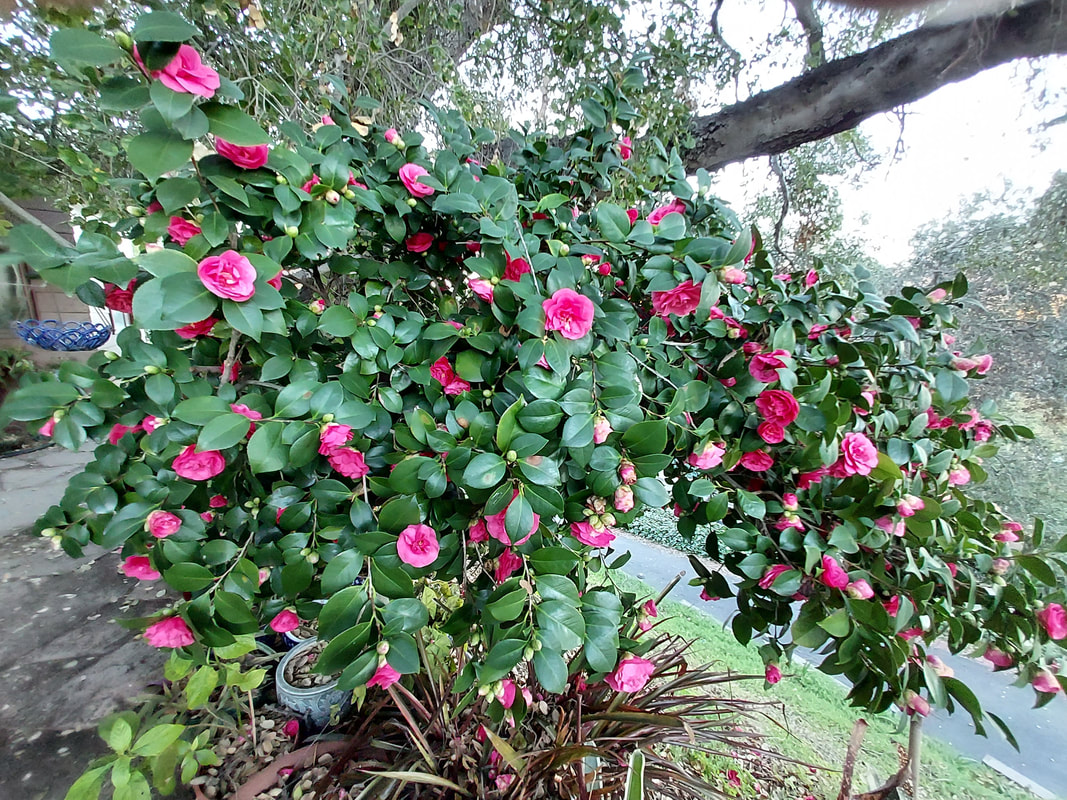
 RSS Feed
RSS Feed